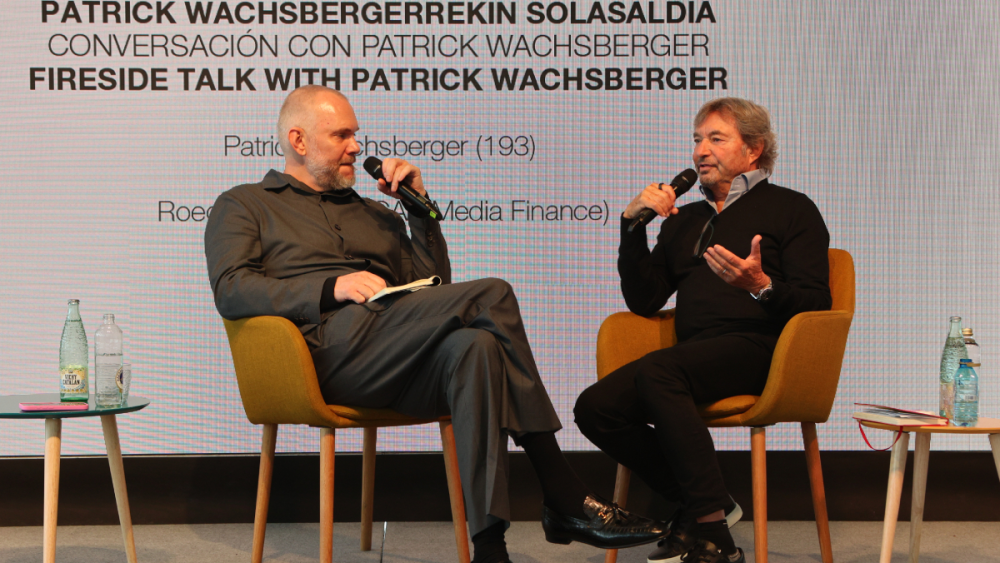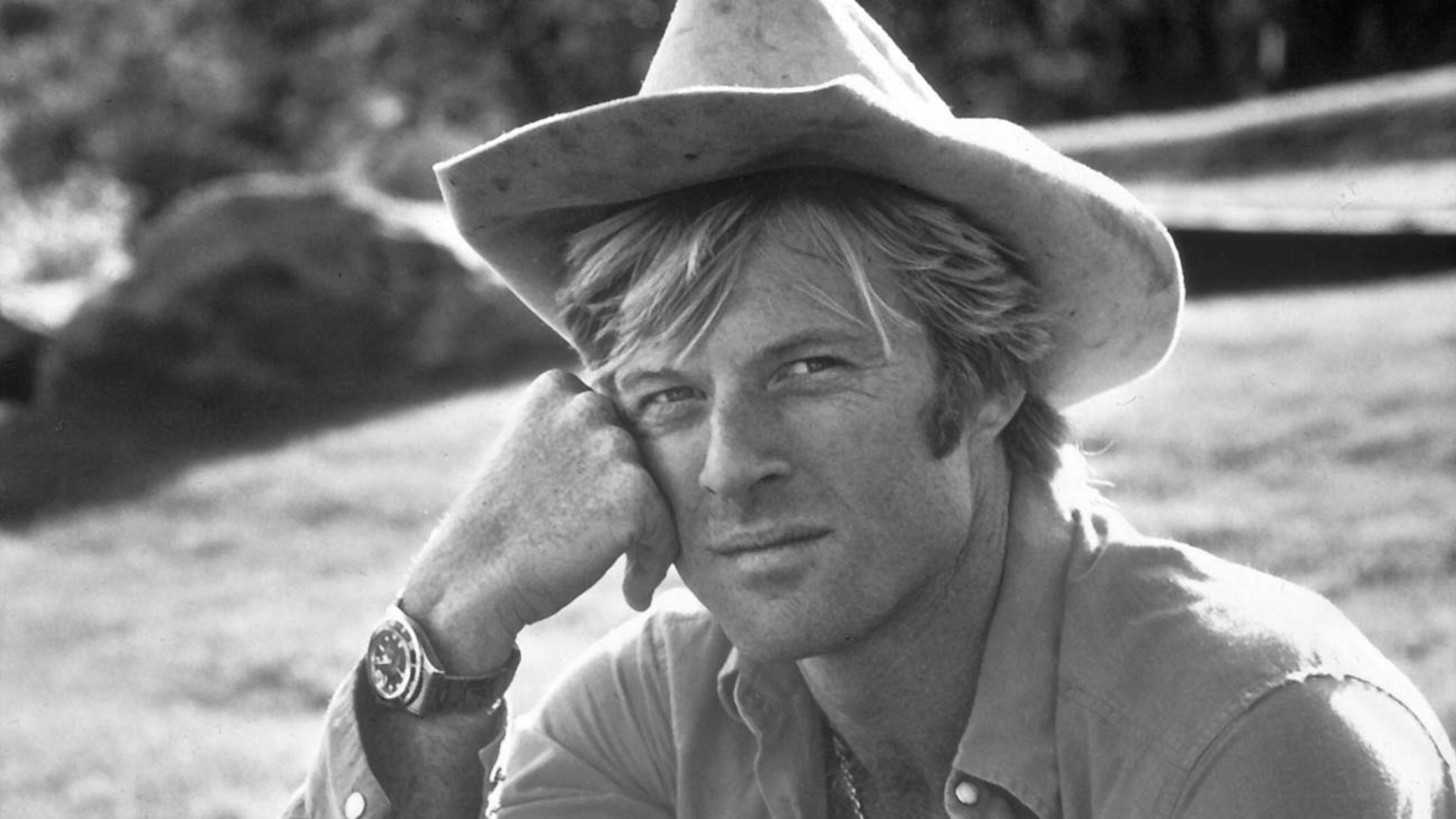
The third edition of San Sebastian’s Creative Investors’ Conference, co-organized with CAA Media Finance, wrapped Wednesday on a spirited note with a mano a mano between CAA Media Finance’s co-head Roeg Sutherland and 193 CEO Patrick Wachsberger, followed by execs weighing the relative merits of the U.S. and Europe.
Nobody claimed that these are the best of times. “We live in a time as that is not so much difficult as very specific,” said Sutherland, at a fireside chat with Wachsberger. “It’s have or have not. If you hit a target, you are doing just as well as you were doing in pre-pandemic times. If you don’t hit it hard, there’s no parachute.”
With other speakers laying it down the line on issues from independent production to scale, big pre-sales, Latin and America and Africa, this was a highly informative state-of-the-nation take on the Europe and the U.S., where the days of the world’s being centered around American films according to some takes may now be over.
The Touchstone: Talent
“The most important thing is not the idea itself, but the people, the creators. That’s what really excites me,” said Domingo Corral. That was his core strategy as director of fiction & entertainment at Movistar Plus+. It will now be his touchstone tactic as an independent producer. Companies, however large, share the same talent-led thinking, one of the only tried-and-tested formulas for success since Gaumont launched in 1895. “The way we work is [asking] how do we best support our production companies on making the films that they want to make?” said Fremantle’s Christian Vesper. Talent takes in both producers and creators, he added.
Scale
Questions of scale threaded many European panelists’ comments. “Europe now has capital markets access and powerhouses,” said Anton’s Sebastien Raybaud. “The one thing still missing maybe is projects’ scale.” “It’s challenging to finance films from Europe at $20 million-$25 million to $50 million,” noted Rodolphe Buet, at Studio TF1. “If we are going to compete at Cannes, Venice or the Oscars, we need to finance film budgeted at least around $10 million. The whole Movistar Plus+ strategy of film originals was to give creators and the producers enough resources to make bigger films,” added Corral, citing “Sirât,” a Cannes Jury Prize winner, Neon pickup which has sold out the world.
Brands
One possible way forward, for part of the industry, at least. “Brands, such as fashion houses, are starting to play a more significant prominence in film financing, observed David Taghioff at Library Pictures Intl. He remembered Saint Laurent’s boarding Emilia Pérez,” which he co-financed. “It recognized that it could either pay for it as a marketer or get the same marketing assets, but yet have a recoupment and a profit position.” Brand involvement has also evolved. “Before it was about product placement. Now it’s much more about creative alignment, where a brand wants to be associated with the director or a certain themes,” Iconoclast’s Robert Walak noted.
The Sales Business’ Challenges
In the roaring 1990s, the heyday of pre-sales and output deals, Patrick Wachsberger was able to cover 125% of a budget via bank finance and pre-sales, or so interviewer Roeg Sutherland in a warm humored chat. Those days will never come back. One problem is that very few bigger U.S. distributors are pre-buying or streamers paying equitable license fees for post-theatrical Pay 1 and Pay 2 windows, AGC Studios Stuart Ford commented at Locarno’s StepIn. “We take risk on most of our films because at the end of the day, most likely you won’t pre-sell the U.S.,” said Raybaud at San Sebastián. “You look at all the major countries, you really only have kind of three distributors with the capacity of being big and reliable,” said Wachsberger. “When you talk to those big distributors today, you realize they already have their slate until 2027 or mid-2027,” he added. Yet there’s light at the end of a soon-to-reached tunnel,” Sutherland argued. “The U.S. market is disrupted, but there’ll be four new distribution companies by January,” he added.
U.S. Downside: Costs and Tax Credits
Producers don’t just come to Europe for the croissants or paella. The cost differential with the U.S. is now dramatic. Fremantle’s Christian Vesper noted that on “Chronology of Water,” in order to make Kristen Stewart’s feature debut, “it needed to be done in a way that minimized risk, so that she would have more freedom.” Stewart had imagined shooting in Portland, Oregon. They ended up shooting outside Riga, Latvia, as the Baltic States become an international shoot destination of choice. “We have a little problem in the U.S. in that it’s very difficult to get tax credit paid back,” said Sutherland. “Louisiana’s difficult, New York impossible. And that’s coupled with the fact that making a movie there is that much more expensive,” he added.
Co-Production
Or collaboration. “Our clients still need big local successes and audiences want local products,” said Mediawan’s Elisabeth d’Arvieu. Another way to go, however, is for Mediawan companies to partner on production and sometimes joint acquisition of IP. She name-checked European flagship title ‘The Count of Monte Cristo,” produced by Italy’s Palomar and DEMD Productions, both Mediawan companies, and now Jean-Pierre Jeunet’s “Violette,” Palomar partnering with France’s 24 25 Films to adapt Valérie Perrin’s literary sensation “Fresh Water for Flowers,” which sold over 3 million copies worldwide.
Latin America, the Way Forward
One way: “Action,” “a genre that probably isn’t very akin to Latin America,” but “is working very well, said Amazon MGM Studios, citing Mapuche eco-actioned “Mayen,” made with Fabula, Andrés Baiz’s gasoline smuggler thriller “Pimpinero: Blood and Oil” and now Mexico’s “Venganza.” Again, scale is an issue. “We have to grow in terms of a film’s size, to be in the range of between $10 million-$25 million, to compete,” said Larraín. 10 years ago auteur fest pics cost $1 million. Now they cost $5 million and have started to have a cast, instead of using non-actors, to compete globally,” said Snowglobe’s Katrin Pors. “Raising scale, they do get distribution in Europe and a big part of financing out of Europe.” Some of the momentum may come from the private sector. MUV Capital’s Laura Rossi noted that both Oscar winner “I’m Still Here” and “A Dog’s Will 2,” Brazil’s two recent big box office hits, were made with totally private finance.
More to come



